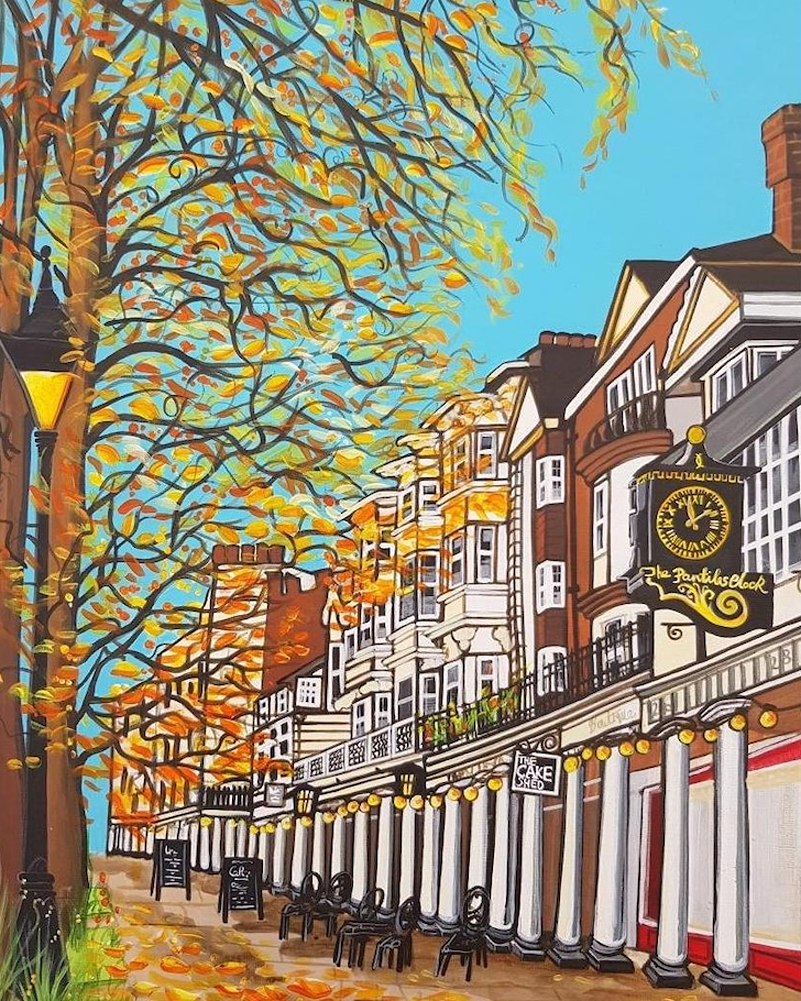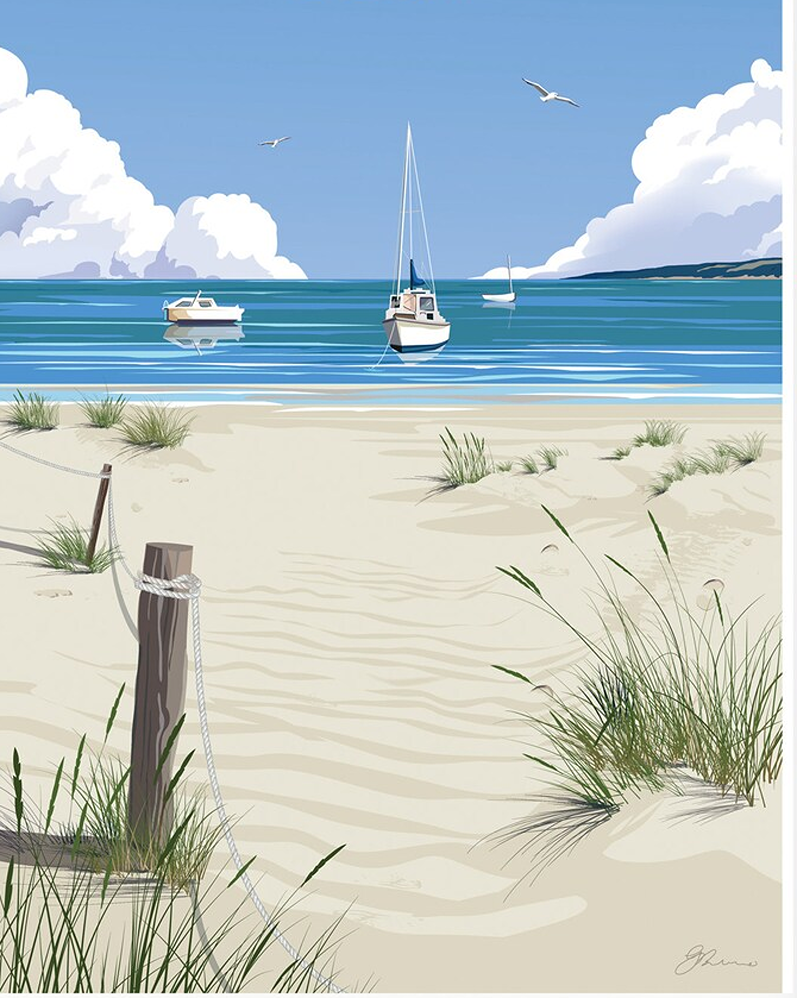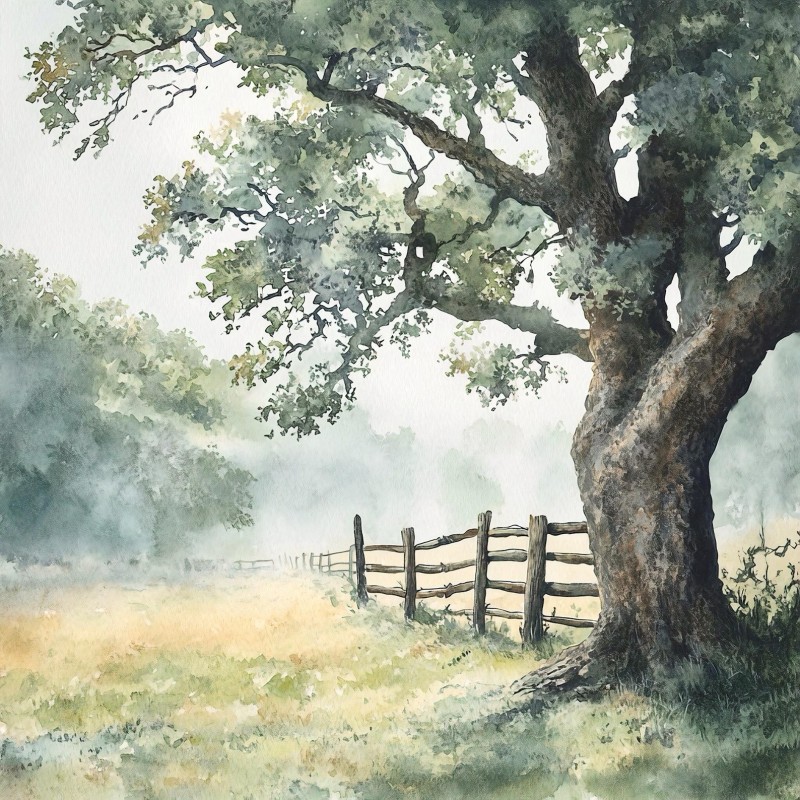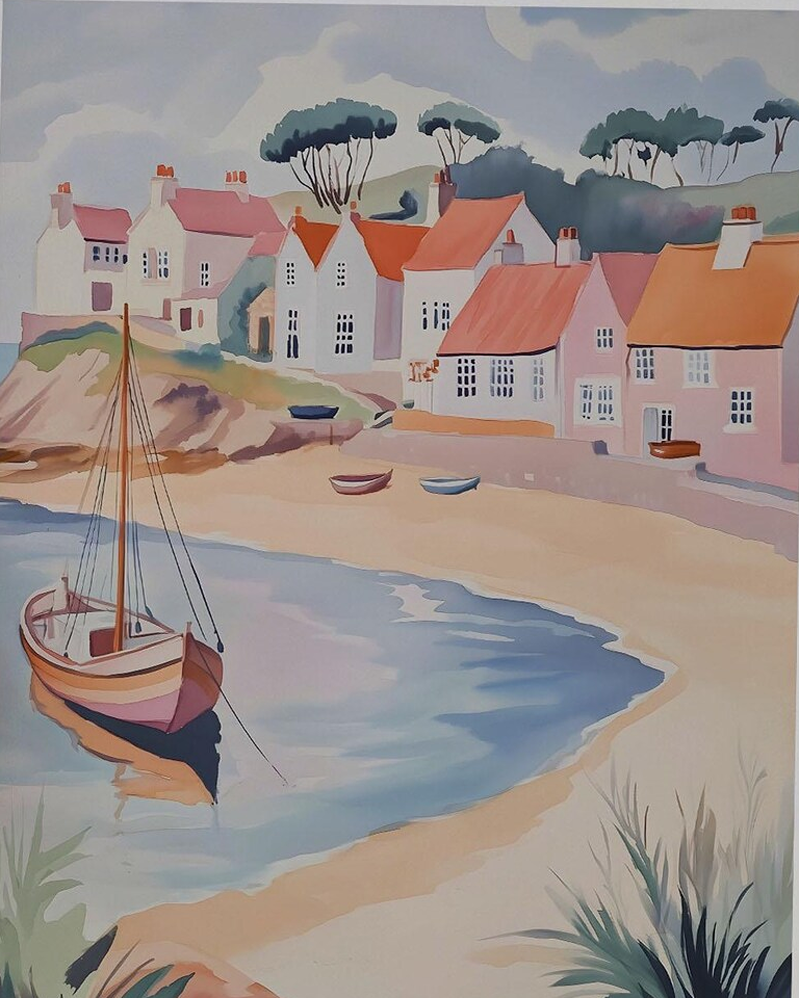The Interesting History of England’s Beach Huts

England’s beach huts hold a nostalgic pull for most of us. Most of us dream or renting or owning one, enjoying watching the seaside views, while sipping tea from a flask, in your own little seaside kingdom!
The reality is not realistic! Most beach huts are now so expensive, than some cost the same as a small house to buy. And there are (just like allotments) waiting lists of several years to rent one.
Read our post on keeping dogs safe by the seaside. Also don’t walk on sand dunes, to avoid disturbing nests and native wildlife.
Beach huts first appeared in England in the late 1800s, when railways made it easier for people to visit the seaside. People visited to ‘take the waters’ of seaside air, and used wheeled machines to take them (fully clothed!) to the sea.
Towns with Lots of Beach Huts!
Beach huts are particularly popular in certain seaside towns, cities and resorts:
- Brighton (East Sussex)
- Bournemouth (Dorset)
- Whitstable (Kent)
- Southwold (Suffolk)
The Essex town of Walton-on-the-Naze has over 1000 beach huts. They are still expensive, but more affordable than most. These are basic, with one reviewer writing of the town ‘you can’t get artisan bread or proper coffee – but that is it’s charm’).
Here, you are more likely to go get a veggie sausage sandwich at a local greasy spoon, and enjoy it with a flask of tea from your beach hut!
This is more akin to in Denmark, where beach huts are common ‘second homes’. These have doors at the side, and often are decorated with wallpaper, curtains and old crockery, proper little houses by the sea! You can’t rent or buy one, unless you’re Danish!






